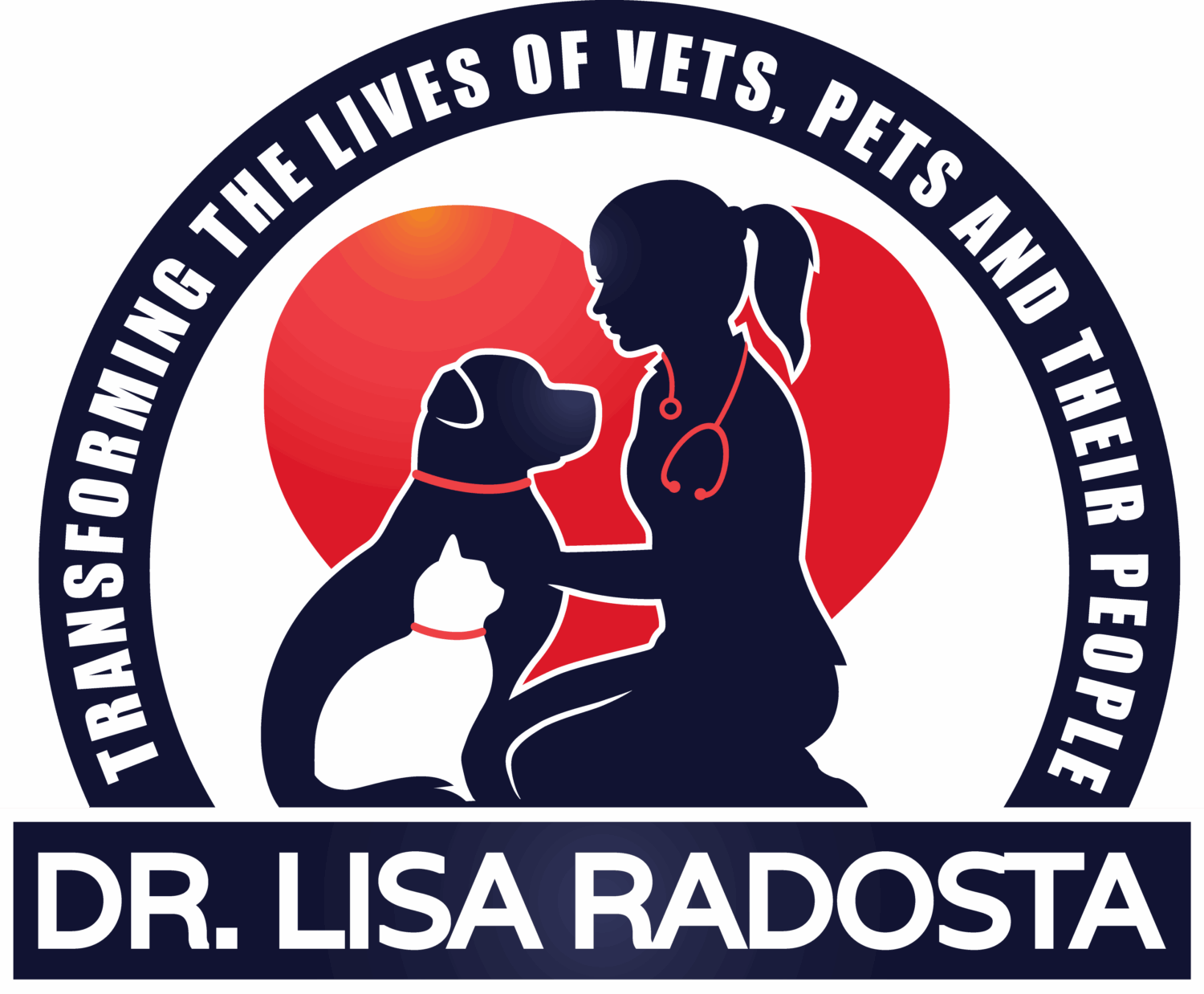Canine Body Language: Play Bow
When trying to analyze an animal’s body language, each signal must be taken in context. Other body language signals should be analyzed as well to form as complete as possible a view of the animal’s intent or emotional state. You can generally characterize signs in 3 categories: go, stop and yield.
The play bow is a signal is used to invite another dog, person, or animal to engage in play. Each individual dog will have a variation of the play bow depending on her experiences and her breed. Your dog’s play bow may not look exactly as described below, however, this posture should have most of the elements listed.
The play bow generally involves the following postures:
- Topline angled down toward the head
- Tail held horizontal to vertical, but not below the topline
- Relaxed body and face
- Ears held mid skull or forward
- Forelimbs touching the ground from paw to elbow
- Tail wagging
